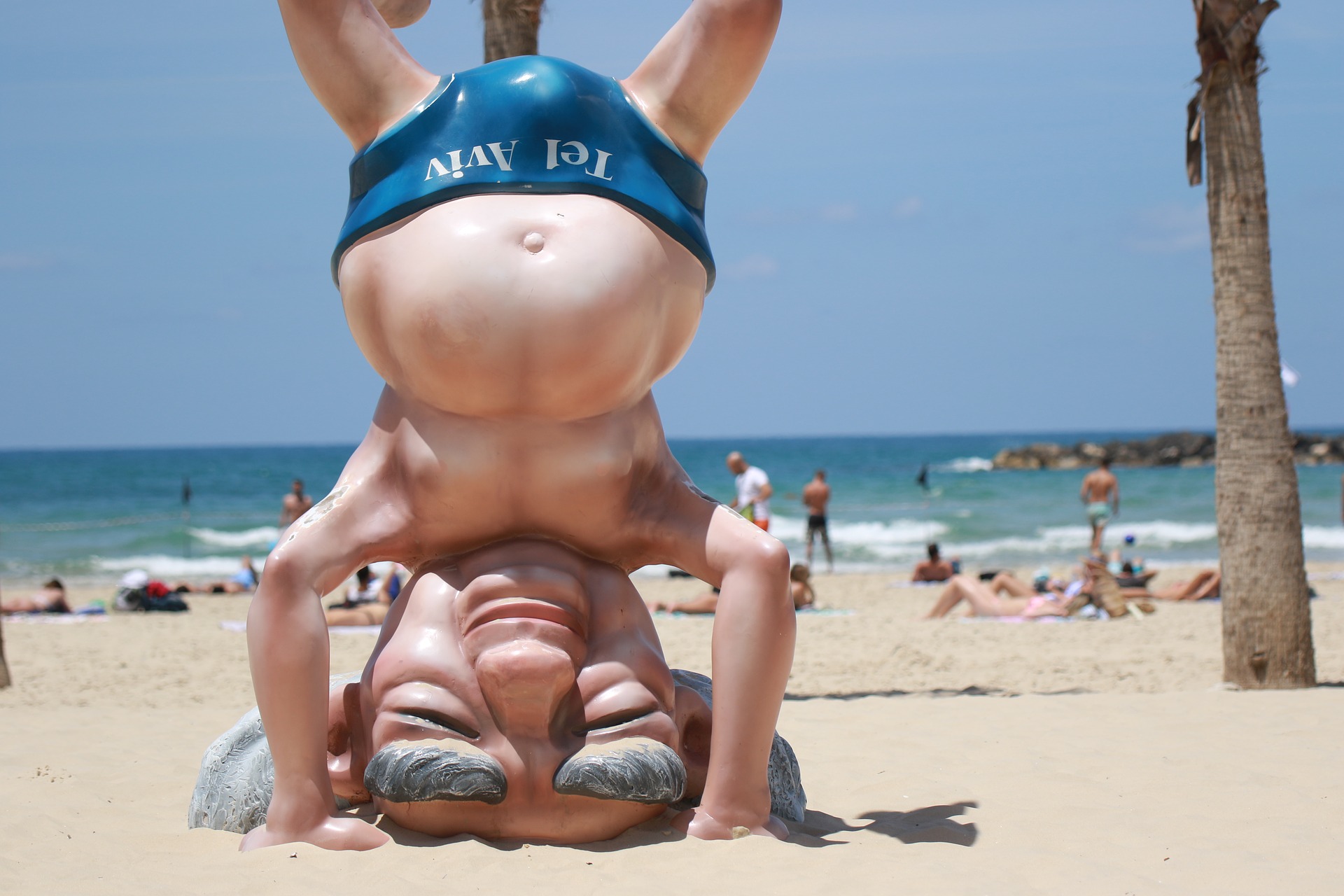
Jerusalem: Israel is back to normal and got the first taste of a post-pandemic reality today after the government lifted almost all restrictions following a continuing fall in COVID-19 cases in the country. Israel’s Green Pass and Purple Badge systems that set guidelines for who can enter public venues and how those venues can operate, expired starting June 1.
The lifting of curbs has been made possible largely by Israel’s world-leading vaccination drive. Already over 70 percent of Israelis aged 20 or over have received two doses of the coronavirus vaccine, and reports suggest that the government is likely to soon approve vaccination of adolescents as young as 12.
Now onwards, the capacity limits at stores, restaurants and other sites are also lifted. The only major restrictions remaining are wearing masks while indoors, and quarantine requirements for unvaccinated country. Besides, the nation’s cabinet had earlier on Monday decided to keep testing requirements in place for those entering the country, at least 72 hours before the flight and immediately after landing. Health Ministry Director-General Chezy Levy had said on Sunday that quarantine requirements would remain in place for travellers who had not been vaccinated.
Moreover, Israel continues to ban travellers to and from Russia, Argentina, Ukraine, Ethiopia, Brazil, India, South Africa, Mexico and Turkey, unless special government dispensation is given.
All other restrictions that also include requirements such as maintaining two-meter distancing at the airport, switching masks mid-flight, and for airlines to reduce in-flight services, have however been lifted now.

In the country where most businesses and schools have already returned to normal, restriction are lifted since COVID-19 cases have fallen to 350. On Sunday, just four new cases were recorded, down from 12 on Saturday. However, However, as on Monday afternoon, still 49 patients with the virus remained in serious condition, and of them 36 were on ventilators, according to the country’s Health Ministry. Yet, this figure was much less in comparison with over 100 seriously ill patients at the start of May, and over 1,200 in January, when the third wave of pandemic was at its peak in the country.
In fact, in a country of just over 9 million people, there were 8,39,475 COVID-19 cases and 6,412 deaths. At the height of the pandemic, there were 88,000 active cases in the country, with thousands more added daily, and 1,228 serious cases, and the country had seen three lockdowns that had brought life to a standstill.
– global bihari bureau





